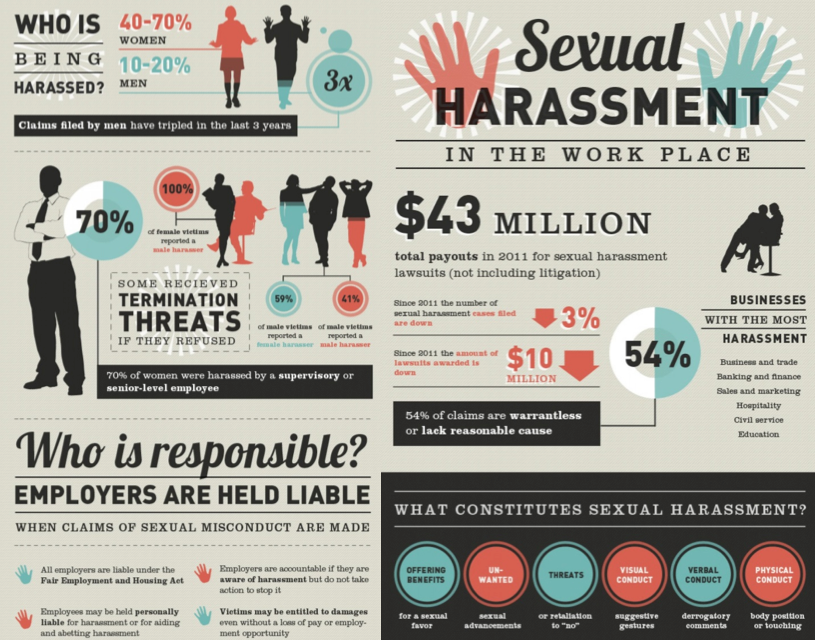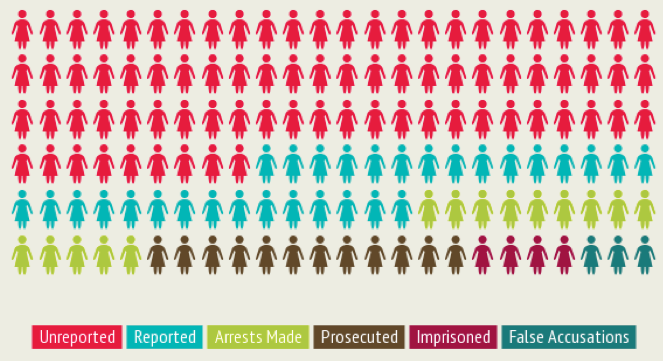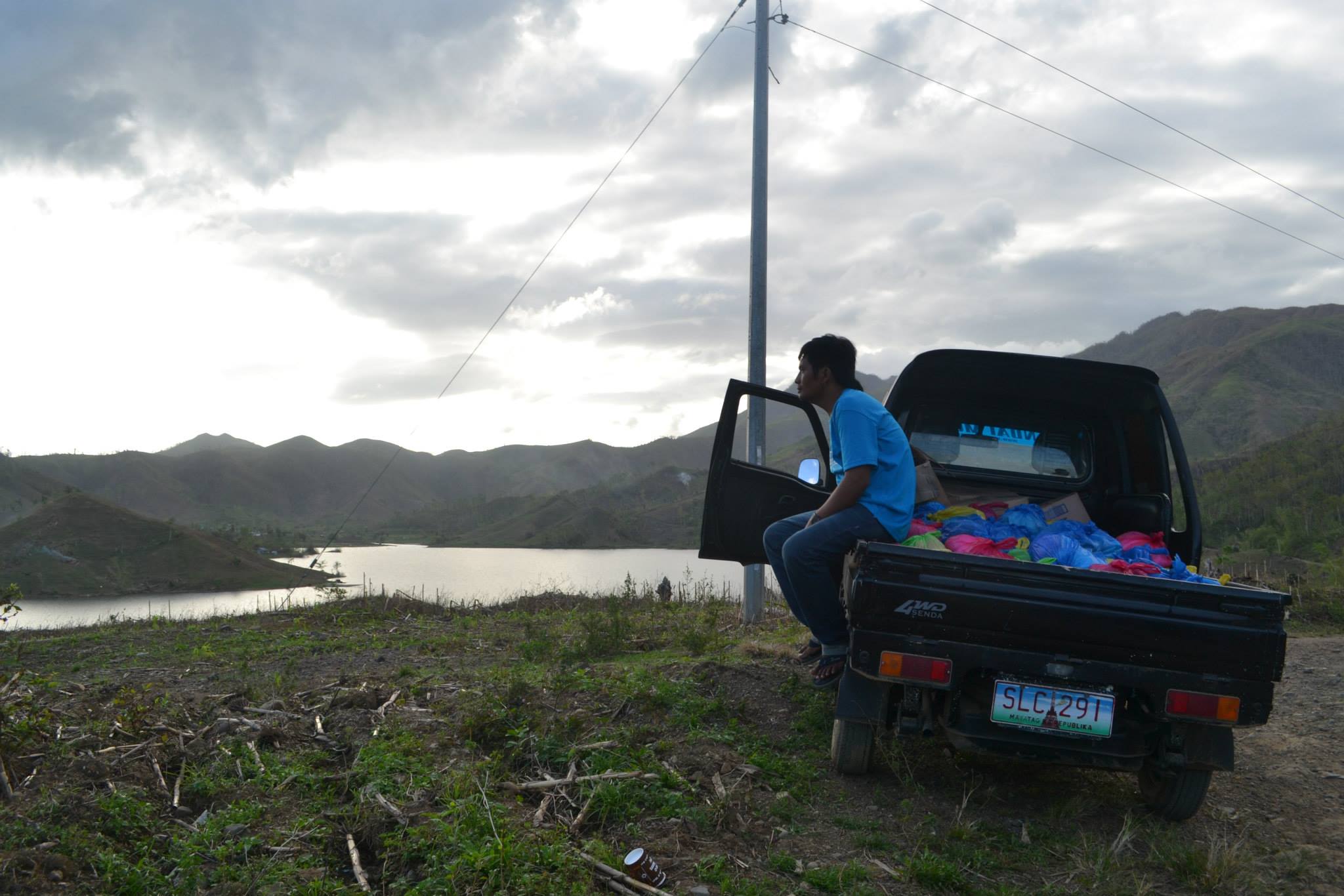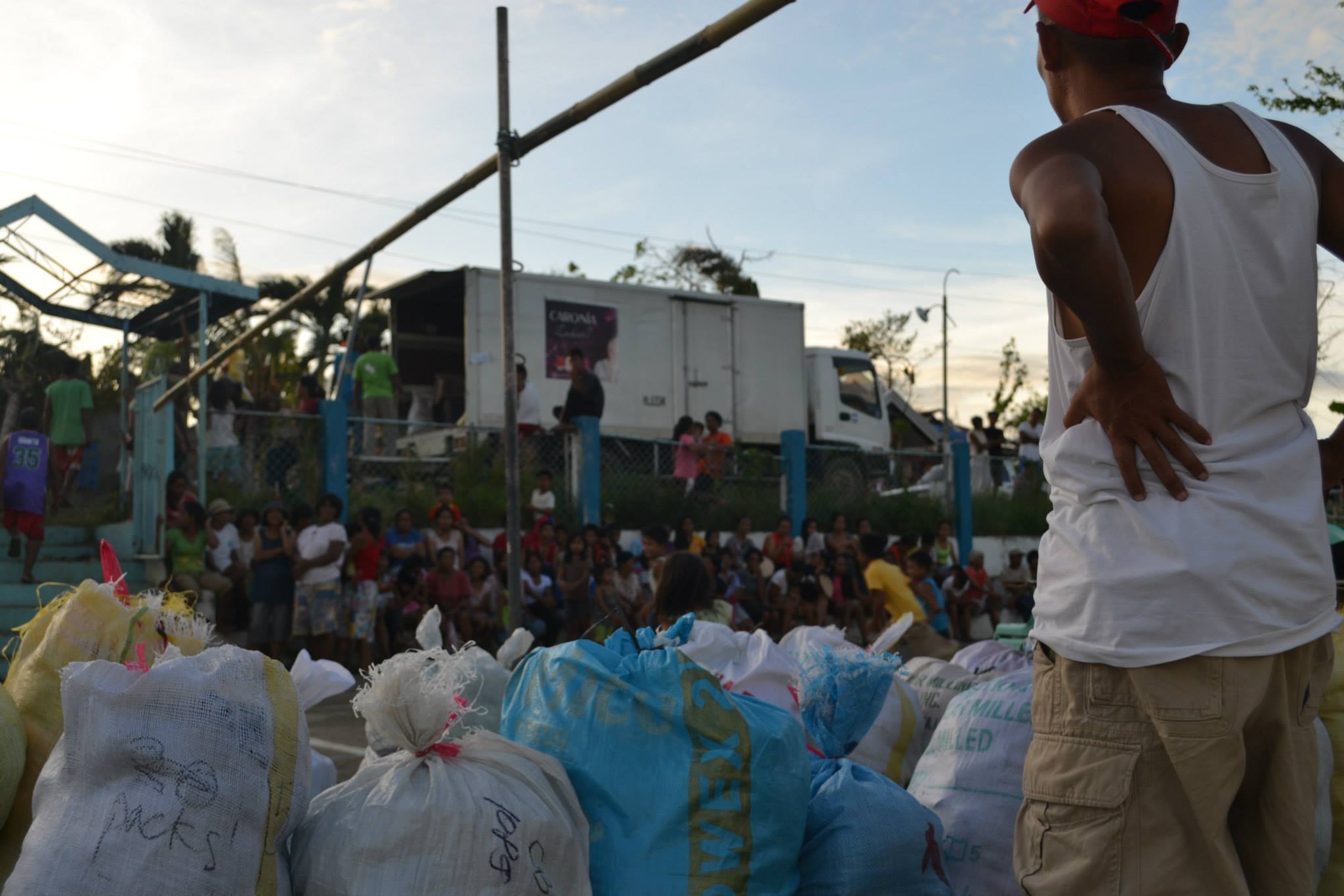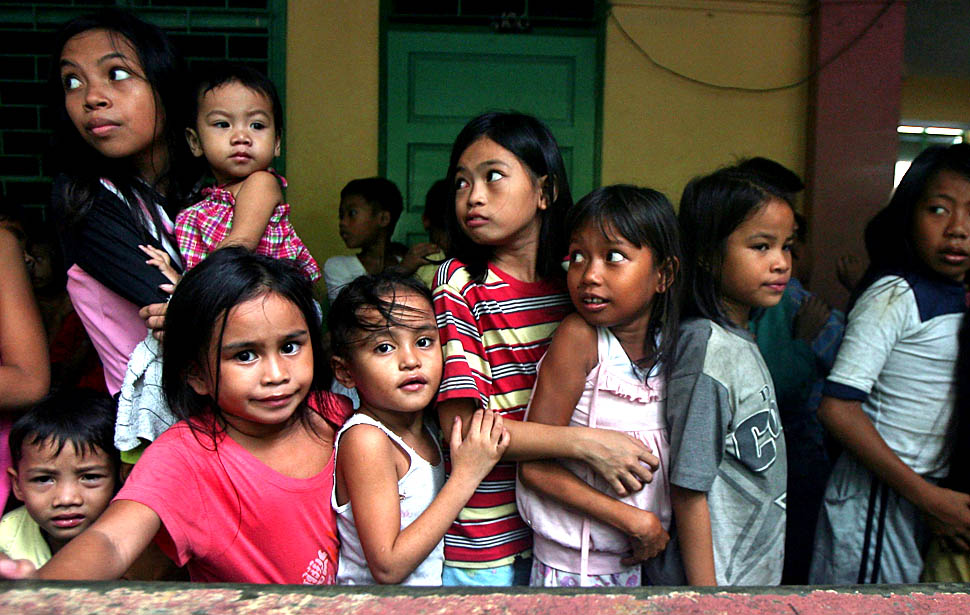December 31st, or New Year’s Eve, is the time of year that calls for many different traditions. Whether it’s sporting parkas and triple layers and preparing for the bitter cold of Time Square, or donning party clothes and preparing to clink glasses and share kisses at midnight, each person has their own way of celebrating. For my family, aside from another excuse to fill our table with food, New Year’s Eve brings the frantic search for twelve round fruits. On December 31st, my mother, sisters, and I pile into the car, hopping from one grocery store to another. We realize each year, with a refreshed sense of bewilderment, just how difficult it is to find such a large – and strange – number of circular fruits. Hectic, but always fun, this practice is fairly new to my household. My dad claims that it is a Filipino tradition, but if so, I wonder why is it that we only recently started scouring Yonkers and beyond for oranges, cantaloupes, and grapefruits. If ringing in the New Year with twelve edible spheres is so deeply embedded into our culture, then why only during my high school years did this become part of our New Year’s repertoire?
Chinese Influence
Perhaps my dad’s hesitance lay in the fact that the collection of twelve round fruits is not an idea originally conceived by the Pilipinos but the Chinese. A way of petitioning prosperity for the incoming year, the Chinese adorn their tables with eight – a number that signifies good luck – round fruits. Pilipinos later adopted this concept, changing the number of fruits from eight to twelve, symbolizing each of the twelve months. This is not the only tradition the Philippines borrowed from the Chinese. Pilipinos also have become quite fond of Chinese customs, such as presenting children with money in red envelopes and, at the stroke of midnight, jumping with a coin in hand. So extensive is Chinese influence on Pilipino traditions that even when banned from using firecracker, an age-old Chinese method of ushering in the New Year, some Pilpinos mimic the practice by banging on pots and pans.
Authentic Pilipino Tradition
With this much foreign influence blurring the lines between borrowed routines and authentic Pilipino traditions, the question remains: Which New Year’s traditions can Pilipinos call their own? Yes, the Chinese loaned us numerous practices, but for every "stolen" tradition, we have just as many that are specific to the Philippines. Only Pilipinos swing their doors, windows, and cabinets wide open to draw in good fortunes. Only Pilipinos avoid chicken, hen, or any type of bird as a main course, for fear their luck will fly away with the meal. And only Pilipinos wear polka-dots as a prayer for prosperity, a custom so distinct that it appears on Mediait's list of The Most Unique and Unusual New Year's Traditions from Around the World. Indeed, many of the rituals Pilipinos observe are foreign-born, but that does not mean that the Philippines does not tote its own specific traditions that set it apart it from other Asian cultures.



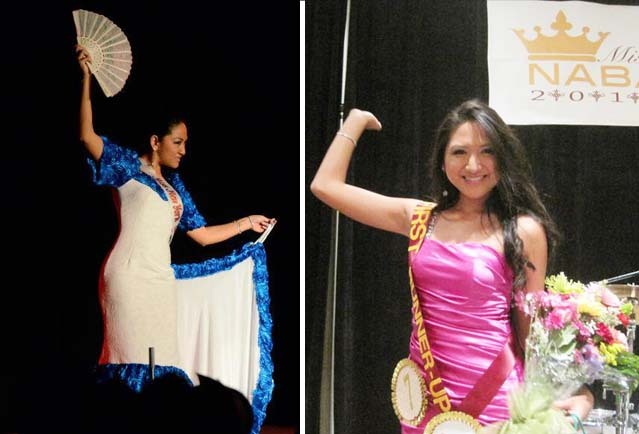

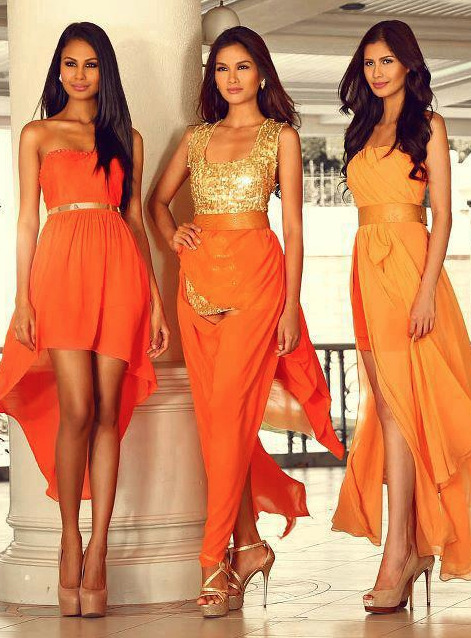
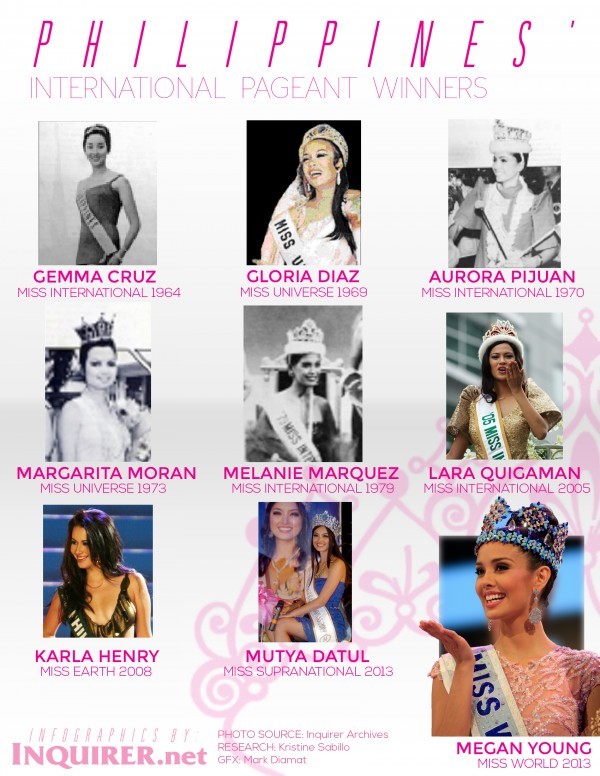 Photo Credit: The Inquirer, Manila Bulletin, Binibining Pilipinas, Khaleej Times, Filipiknow.net, and amywillerton.blogspot.com
Photo Credit: The Inquirer, Manila Bulletin, Binibining Pilipinas, Khaleej Times, Filipiknow.net, and amywillerton.blogspot.com